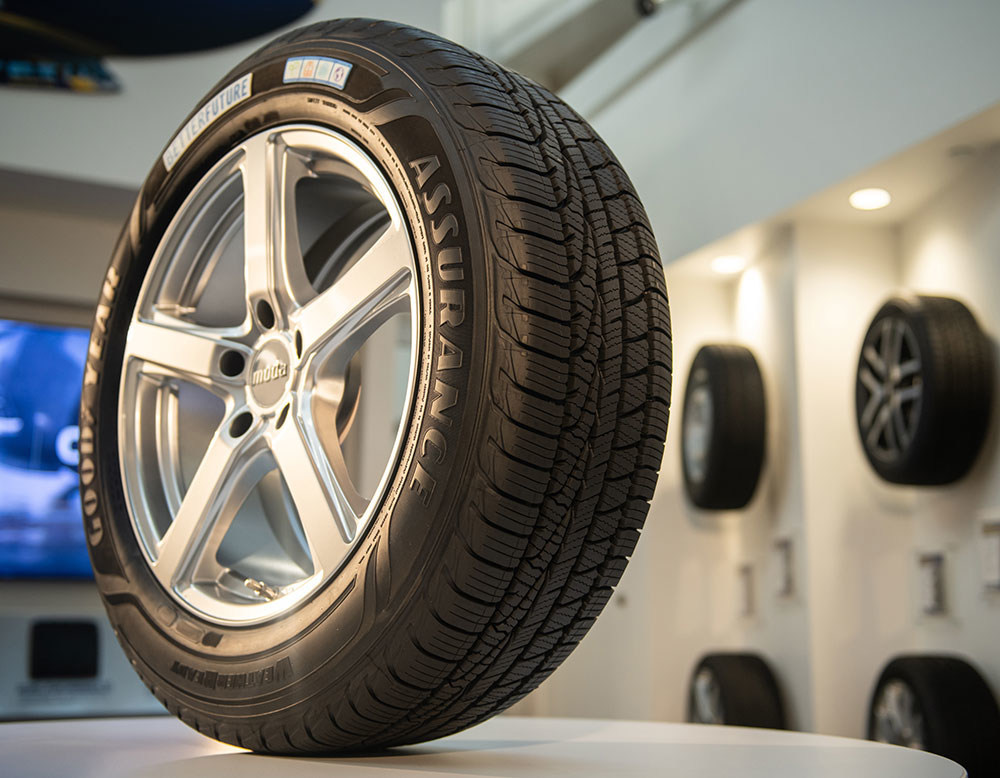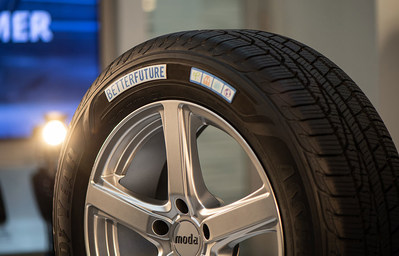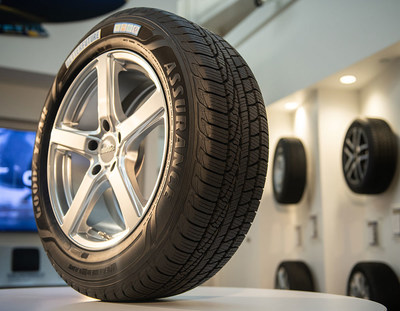GOODYEAR DEVELOPS 70% SUSTAINABLE-MATERIAL TIRE WITH INDUSTRY-LEADING INNOVATIONS

The Goodyear Tire & Rubber Company (NASDAQ: GT) announced the release of a demonstration tire with 70% sustainable-material content, including industry-leading innovations.


“We set an ambitious goal in 2020 to create a tire made 100% from sustainable materials in 10 years, and our scientists and engineers have made great progress toward that goal,” said Chris Helsel, senior vice president, global operations and chief technology officer. “This is an exciting achievement that demonstrates our commitment to increasing the use of sustainable materials in our tires.”
The 70% sustainable-material tire includes 13 featured ingredients across nine different tire components, including those described below. Company performance indicators have shown the component properties to deliver strong overall tire performance.
- Carbon black is included in tires for compound reinforcement and to help increase their life and has traditionally been made by burning various types of petroleum products. Goodyear’s new tire features three different carbon blacks that are produced from methane, carbon dioxide, and plant-based oil. Initial life cycle assessments demonstrate either reduced carbon emissions compared with current methods of carbon black production or the use of bio-based or waste feedstock sources.
- The use of soybean oil in tires is a significant Goodyear innovation that helps keep a tire’s rubber compound pliable in changing temperatures. Soybean oil is a bio-based resource that reduces Goodyear’s use of petroleum-based products. While nearly 100% of soy protein is used in food/animal feed applications, a significant surplus of oil is left over and available for use in industrial applications.
- Silica is an ingredient often used in tires to help improve grip and reduce fuel consumption. Goodyear’s new tire contains a unique variety of silica produced from rice husk ash, a byproduct of rice processing that is often discarded and put into landfills. A high-quality silica has been produced from this waste ash.
- Polyester is recycled from plastic bottles and other plastic waste by reverting the polyester into its base chemicals and reforming them into technical grade polyester feasible for tire cords.
The 70% sustainable-material tire has been produced as a demonstration tire.
About The Goodyear Tire & Rubber Company
Goodyear is one of the world’s largest tire companies. It employs about 72,000 people and manufactures its products in 55 facilities in 23 countries around the world. Its two Innovation Centers in Akron, Ohio, and Colmar-Berg, Luxembourg, strive to develop state-of-the-art products and services that set the technology and performance standard for the industry. For more information about Goodyear and its products, go to www.goodyear.com/corporate.
SOURCE The Goodyear Tire & Rubber Company





